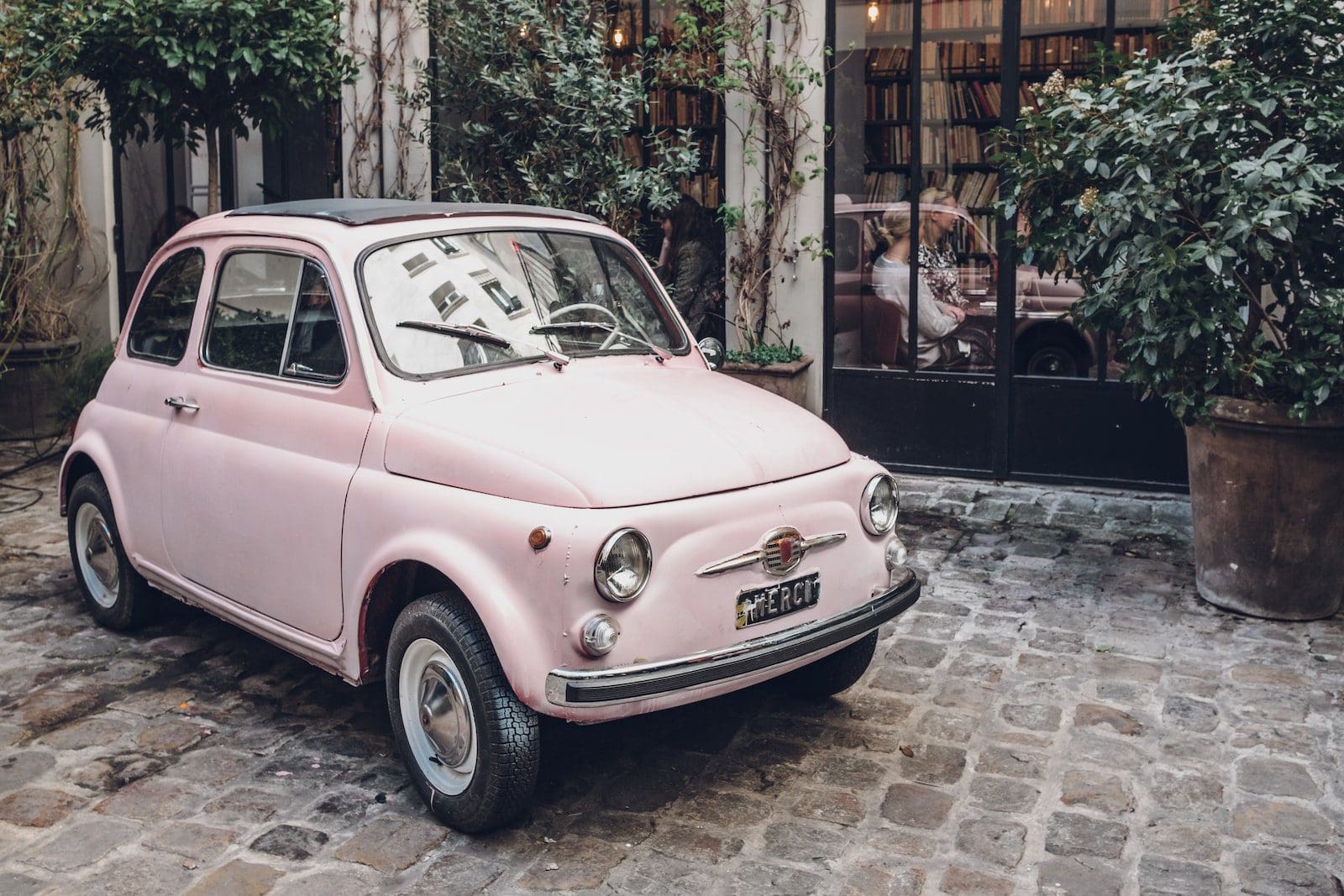The automobile industry has globalized and revolutionized to cater to every need and include customers from different strata of society. The basis of the small car segment was low-cost purchases and operations.
These cars were also called pony cars. The two main types of cars from the small car segment are economy cars and compact cars.
Key Takeaways
- Economy cars prioritize fuel efficiency and affordability, while compact cars focus on space utilization and manoeuvrability.
- Compact cars offer more interior and cargo space than economy cars.
- Economy cars have lower purchase prices and running costs than compact cars.
Economy Cars vs Compact Cars
Economy cars are cheap cars that are made for those looking for an affordable price range, and they are small, lightweight and efficient. Compact cars are cars that are a bit expensive but still affordable to a class of consumers. They have powerful engines and provide different features.

Economy cars are manufactured and available at a low cost. They are built to cater to customers looking for a car in an affordable price range.
These cars are small lightweight, and do not offer a wide range of variations and functions. Economy cars have start-and-stop technology and efficient fuel consumption.
While compact cars lie between subcompact cars and midsize cars, they are priced higher than economy cars but still range in the affordable section.
These cars are larger and have powerful engines comparatively. They also provide a wide range of variations and features for the customers to choose from.
Comparison Table
| Parameters of Comparison | Economy cars | Compact cars |
|---|---|---|
| Equipment | Only provides basic features | Optional features can be added and customized |
| Dimension and space | Smaller and has only two doors | Larger and has both two-door and four-door variant |
| Performance | Optimized engines that work best in the city for frequent acceleration and braking | No restriction on engine size. Provision for bigger and smaller engine options |
| Riding comfort | Due to the small size, they are easy to navigate through narrow lanes and traffic but do not provide comfort | Has greater size and weight, enhanced handling, and optimized suspension |
| Fuel consumption | Provide 30 – 35 miles per gallon during city drive | Smaller engines can provide less than to equal to 25 – 30 miles per gallon while larger engines can provide greater mileage |
What are Economy Cars?
Economy cars are referred to as those cars which are manufactured and available at a low cost. These cars are small, affordable, lightweight, and have simple designs and features.
Economy cars even consider the parameters like time, fuel price, place, culture, and income or budget of the buyers. It offers low-cost operations. It contains all the minimum requirements.
When cars were initially launched, they were considered a dangerous toy for the rich. Later, the other sectors of the society were considered.
The first economy car was Ford Model T in 1920, and Austin 7 was its competitor. In 1940, the Volkswagen Beetle was a new choice. In the present scenario, most manufacturers have economy cars.
Economy cars are smaller vehicles. They have seats for four passengers. Economy cars are ideal for city driving as it is easy to drive through narrow lanes and heavy traffic in the city.
They do not have unique designs or features but all the essential utilitarian equipment. It has a minimum engine requirement.
Economy cars are fuel-efficient. They are made to cater to the affordable segment of society. Economy cars have a small displacement engine.
It has a maximum of four cylinders. It has a safety rating and provides smooth driving quality and experience.

What are Compact Cars?
Compact cars are a segment of vehicle-size cars that can be classified between subcompact cars and mid-size cars. It is also called the small family car.
Compact cars are 160- 190 inches long and have a volume of around 100-110 cubic feet. The weight of compact cars can range somewhere between 2920 pounds.
Compact cars are between sedans and hatchbacks.
Compact cars are larger when compared to economy cars. Initially, compact cars were the smallest cars available in the market, but now there are subcompact cars that are even smaller than compact cars.
Compact cars are ideal for in-town driving or short day trips and outings with family. These cars have 4 doors and are in the form of compact hatchbacks and wagons.
It allows seating for a maximum of 5 occupants. Some compact cars even have additional features like automatic transmission and others.
The luggage capacity in compact cars is moderate. It provides less than or equal to 14 cubic feet of space for luggage. One large and one medium suitcase with several small bags can be accommodated.
It also provides good mileage for city drives. The mileage is around 25-30 miles per gallon, depending upon the engine of the car.

Main Differences Between Economy Cars and Compact Cars
- Economy cars are cheaper and more affordable, while compact cars are priced higher than economy cars.
- Economy cars have less cargo space and support a maximum of four passengers, while compact cars have more cargo space and provide space for a maximum of five passengers.
- Economy cars are ideal for daily commutes, while compact cars are ideal for city drives, short day trips, and outings.
- Economy cars do not offer customization of features, while compact cars provide customization of features like larger and more powerful engines and extra mechanical and safety features.
- Economy cars offer efficient start and stop technology and reduce emissions, while compact cars offer top acceleration, fuel economy, optimized suspension, and better handling.
